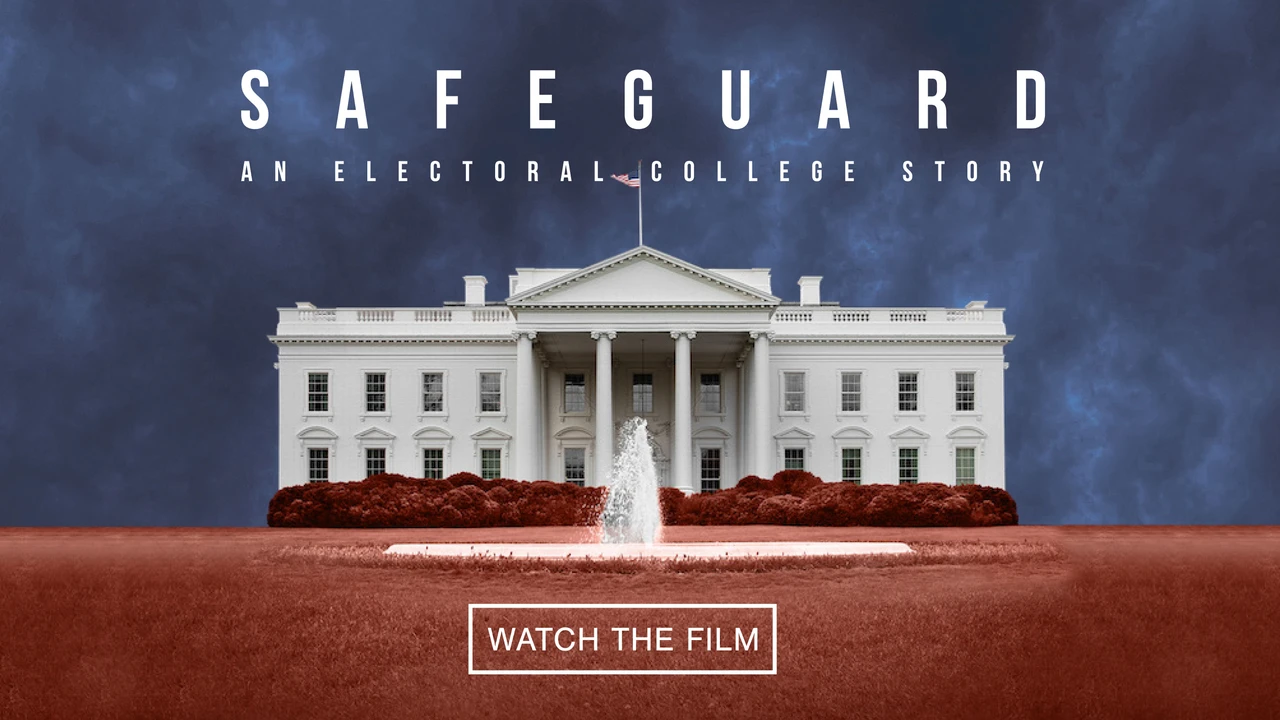What is the Electoral College?
Defending the Electoral College
The Constitution creates a multi-step democratic process to elect the president and vice president--the Electoral College. It unifies, moderates, and protects American politics, and is part of what makes the United States a federal republic.
Today, this system is threatened by a campaign to manipulate the Electoral College using an interstate compact. This “National Popular Vote” scheme threatens to create a constitutional crisis.
Find out what you can do by selecting your state on the map, or discover more about these topics below.
From the blog
National Popular Vote’s Small Plurality Problem
Jan 07, 2026
by Sean Parnell
The danger of not having a runoff is that the winner might be someone with very modest support.
Read moreIs the Electoral College partisan?
Sep 09, 2025
by Harry Roth
In recent years, some have argued that the Electoral College is slipping further out of reach for Democrats.
Read moreIs the National Popular Vote movement losing momentum?
Aug 08, 2025
by Harry Roth
The National Popular Vote interstate compact (NPV) gained its first state back in 2007 when former Maryland Democratic Governor Martin O’Malley signed House Bill 148 into law.
Read moreElectoral College Still Doesn’t Influence Disaster Declarations
Jul 16, 2025
by Sean Parnell
In a recent blog post, I noted that lobbyists for the National Popular Vote interstate compact (NPV) routinely but inaccurately claim that disaster declarations by the president are distorted by the Electoral College and...
Read moreA Coercive Plan to Impose NPV
Jul 14, 2025
by Sean Parnell
It’s no secret that the campaign to nullify the Electoral College with the National Popular Vote interstate compact (NPV) has lost steam.
Read moreLeft-wing coalition calls for the abolishment of the Electoral College
Jul 11, 2025
by Harry Roth
Project 2029 is a coalition of left-leaning groups struggling to find an agenda.
Read moreMaine NPV repeal passed House, stalls in Senate
Jun 20, 2025
by Trent England
This year, Maine made history when its House of Representatives voted to repeal the National Popular Vote interstate compact.
Read moreNational Popular Vote petition filed in Missouri
Jun 19, 2025
by Staff
A ballot petition was recently filed in Missouri to adopt the National Popular Vote (NPV) interstate compact.
Read moreMaine House passes NPV repeal
May 21, 2025
by Trent England
A bipartisan majority in the Maine House of Representatives passed LD 252 to repeal the state’s participation in the National Popular Vote interstate compact, just a year after the state had signed on to the scheme.
Read moreWhy did NPV fail in Nevada?
May 16, 2025
by Trent England
The National Popular Vote campaign did a face plant this year in Nevada.
Read more